Search
Did you mean: Assur?
Search Results

Article
Armour in Ancient Chinese Warfare
With zinging arrows, powerful crossbow bolts, stabbing swords, and swinging axes all a staple feature of the Chinese battlefield, it is not surprising that soldiers sought to protect themselves as best they could with armour and shields...

Article
The Armour of an English Medieval Knight
English medieval knights wore metal armour of iron or steel to protect themselves from archers and the long swords of opponents. From the 9th century CE, chain mail suits gave protection and freedom of movement until solid plate armour became...
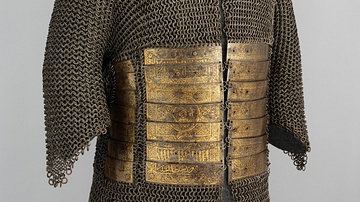
Image
Armour of Sultan Qaitbay
A shirt of chainmail and plate armour belonging to Sultan Qaitbay (r. 1468–1496 CE) of the Mamluk Sultanate. The mail is made of iron and copper alloy. The gold-damascened steel plates are intricately engraved with scrolling foliage and vines...

Video
Armour in Roman Judaea
Dr Guy Stiebel speaks about armour Roman Judaea at the Greek and Roman Armour Study Day, on 20th July, 2015.

Image
European 16th Century Armour
Typical weapons and armour used in European warfare in the 16th century and by conquistadors in the New World. (Grand Master's Palace Armoury, Valletta, Malta)
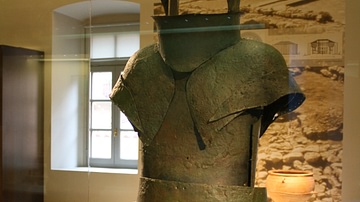
Image
Mycenaean Bronze Armour
Bronze armour and boar tusk helmet (15th century BCE) from a mycenaean cemetery in Dendra. Nafplio Archaeological Museum.
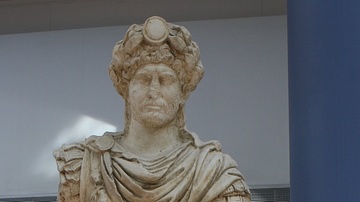
Image
Hadrian in Military Armour
A chalk copy of a marble original statue depicting Hadrian (r. 117-138 CE) in military armour and laurel wreath of victory. He stands with his foot on a defeated enemy, probably a Parthian. (Capitoline Museums, Rome)
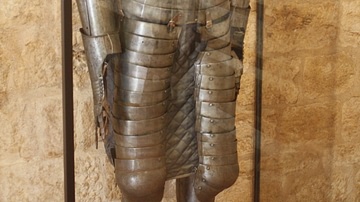
Image
Bayard Suit of Armour
A bayard style suit of armour. Early 16th century. On display in Château de Bonaguil, Saint-Front-sur-Lémance, Lot-et-Garonne, France.
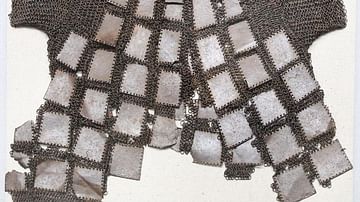
Image
Korean Lamellar Armour
This iron lamellar armour and mail shirt was created in Goryeo (modern-day Korea) during the 14th Century.
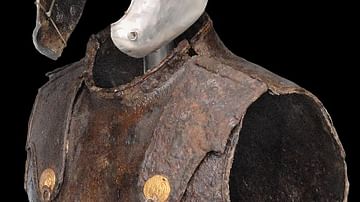
Image
Iron Thorax Armour from Epirus
Iron anatomical thorax with golden buckles found in Cist grave 1 in Prodromi, Thesprotia, Epirus, Greece. The grave is dated to between the end of the 4th century BCE and the beginning of the 3rd century BCE. (Archaeological Museum of Igoumenitsa...